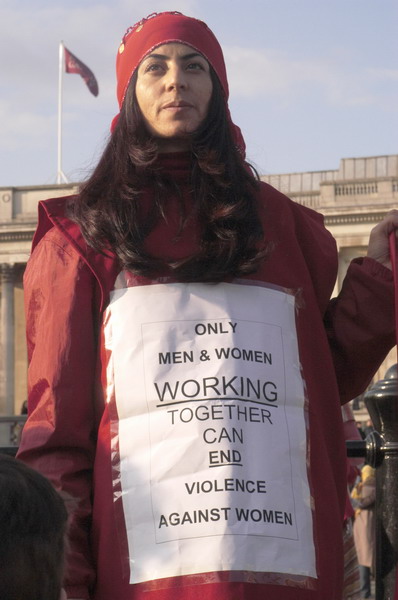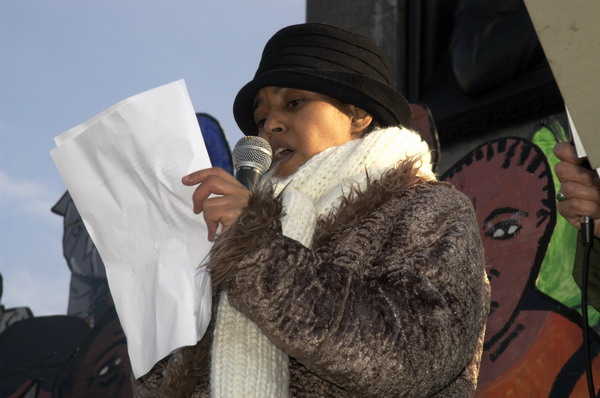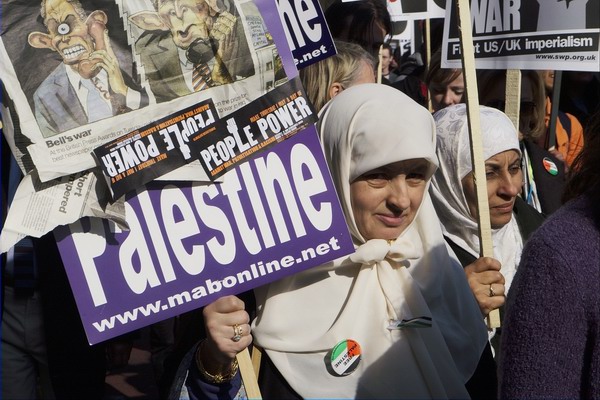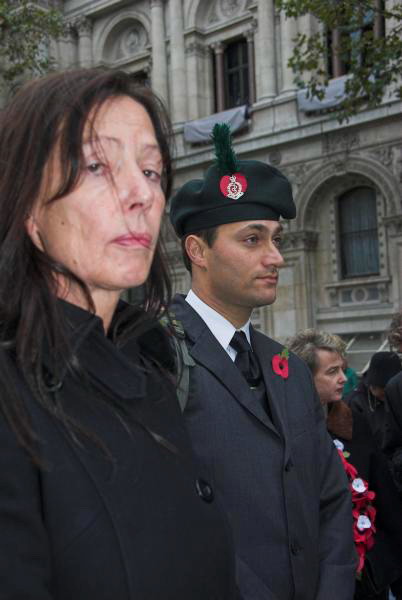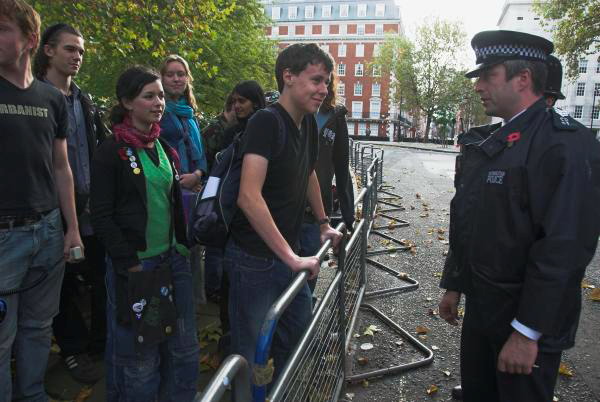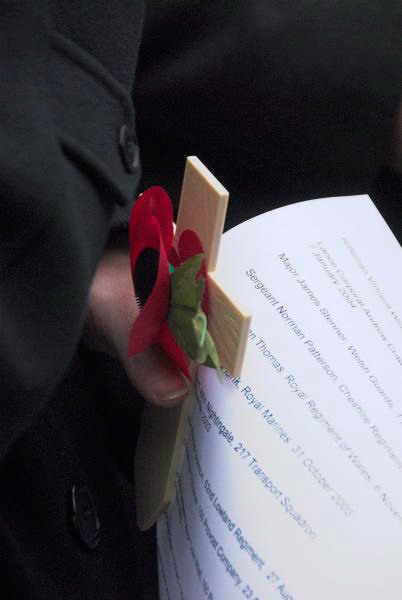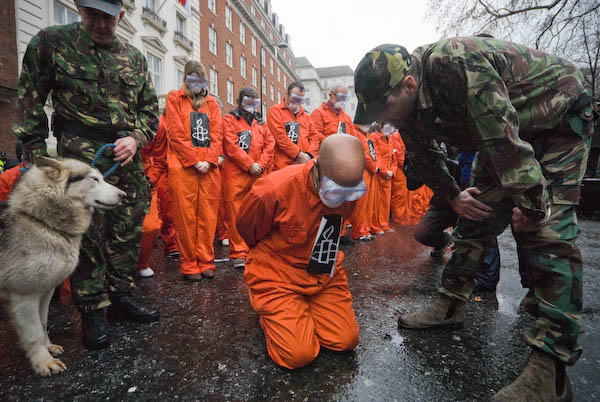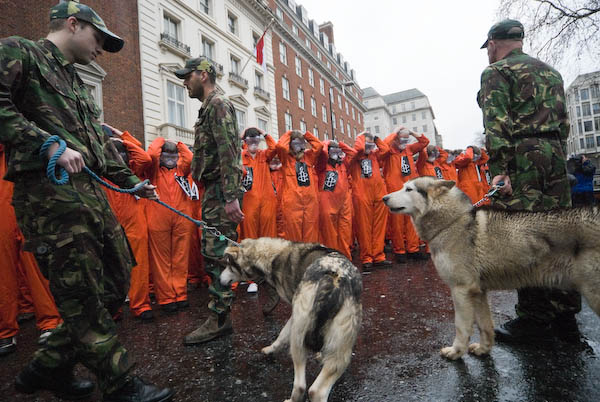Filipino Health Workers, Coal Line, Tax Dodgers, Biafra & National Gallery: Ten years ago today, Saturday 30th May 2015, I began at the Daily Mail offices in Kensington where Filipino NHS workers were protesting about scandalous insults the rag had made, then went to Peckham to view the proposals for a linear park confusingly named and promoted as the ‘Coal Line’. From there I came back to central London for a UK Uncut banner drop on Westminster Bridge against tax dodgers, a Trafalgar Square protest by Biafrans and finally a rally there by staff on strike at the National Gallery.
Filipino Nurses tell Daily Mail to apologise – Kensington

Filipino health workers came to protest atthe Daily Mail over its reporting of the Victoriano Chua case which insulted Filipino NHS workers as a whole despite the vital contribution they make to the NHS. The demand the Daily Mail apologise for its racist comments and recognise the contribution that they make.

As a patient in intensive care in 2003 I had been very impressed by the care and attention I received from a Filipino nurse, and others when I was on the general ward had all been “competent, committed and caring” – along with those of other nationalities. We should be training more British nurses and improving conditions to keep them working for the NHS, but without staff from abroad at all levels the NHS would have collapsed long ago.
More pictures at Filipino Nurses tell Daily Mail apologise.
Walking the Coal Line – Peckham

The Chelsea Fringe festival began in 2012 as an unofficial fringe, an alternative gardens festival to the annual Chelsea Flower Show and has since become an international event. Anyone can take part so long as “it’s on topic, legal and interesting, it can go in the Fringe, no matter how outlandish or odd it may seem.” It is “unsponsored, unfunded, unbranded and wholly independent, with no medals or judging committees. It relies entirely on volunteer efforts and survives on its registration fees.“

The Coal Line project began in 2014 and became a registered charity backed by many local people as well as TfL, Southwark Council, The Peckham Settlement, Sustrans and the Mayor of London for a 900 metre linear park linking Peckham Rye Station on Rye Land with Queens Road Peckham station.

It seemed a good idea and would provide useful local short cuts for walkers and cyclists as well as a link in longer leisure walks at a relatively low cost. But its advocates over-hyped it tremendously, comparing it to the ‘High Line’ in New York.

I wrote in 2015:
“More interesting than the Coal Line are both the Bussey Building in the former industrial estate Copeland Park and the multistorey car park. Saved from demolition by a locals, the Bussey Building, reached by an alley between shops in Rye Lane, houses small businesses, artists, faith groups, art spces and a rooftop bar.The multi-storey car park on its upper floors now has a cafe, a local radio performance space and another rooftop bar, next to the Derek Jarman memorial garden, as well as better views than the Bussey across Peckham and to central London.

Part of the Coal Line is already open to the public as a small nature reserve, left by the railway line after a scheme for a massive inner-ring road was fortunately abandoned. Its legacy is a hefty wall along part of the edge of the service road by the Cossall Walk line of flats.”
More from along the Coal Line and other parts of Peckham at Walking the Coal Line.
UK Uncut Art Protest – Westminster Bridge

UK Uncut supporters marched from Waterloo to Westminster Bridge where they spread a large piece of cloth on the roadway and painted a banner telling Parliament that collecting dodged taxes would bring in more than cutting public services.


I had to run to the southern end of the bridge and then rush down the Albert Embankment to photograph the banner hanging from the bridge along with the smoke from flares. It was perhaps the least interesting photograph of the event and it would have been rather better had they put it over the opposite side of the bridge to have the Houses of Parliament as a background.

While this was happening on Westminster Bridge, there was another protest against Tory plans to repeal the Human Rights Act closer to Parliament which I was sorry to have missed, with just a few people still standing on the roadway.

More pictures at UK Uncut Art Protest.
Biafrans demand independence – Trafalgar Square

Biafrans had come to Trafalgar Square on the anniversary of their declaration of independence in 1967 which began a long and bloody civil war in which as well as those killed in fighting many Biafran civilians died of starvation.

Biafrans say that the Igbo Kingdom of Nri lasted from the 10th century until 1911, although it was incorporated into Southern Nigeria by the 1884 Berlin Conference. Britain decided to unite Northern and Southern Nigeria in 1914 as the North was in financial difficulties.

Many at the protest wore t-shirts with Biafran flag and coat of arms and waved Biafran flags, still demanding independence for their country, as well as remembering those who died in the Ngerian-Biafran War.
More pictures at Biafrans demand independence.
Mass rally Supports National Gallery Strikers – Trafalgar Square

Workers at the National Gallery were on strike against plans to privatise staffing at the gallery and were supported at a rally with many trade unionists including speakers and in the body of the square.

They were also demanding the reinstatement of Candy Udwin, a PCS rep at the National Gallery, who had been sacked for her trade union activities over the privatisation. Speakers included PCS General Secretary Mark Serwotka and comedian and activist Kate Smurthwaite.

Exhibitions in the Sainsbury wing have already been guarded by privatised staff, and the security there is also run by the private company. At the end of the rally the crowd moved to protest at the Sainsbury Wing. Police stopped them entering the gallery and the doors were locked.
Many more pictures at Mass rally Supports National Gallery strikers.
Flickr – Facebook – My London Diary – Hull Photos – Lea Valley – Paris
London’s Industrial Heritage – London Photos
All photographs on this page are copyright © Peter Marshall.
Contact me to buy prints or licence to reproduce.






































